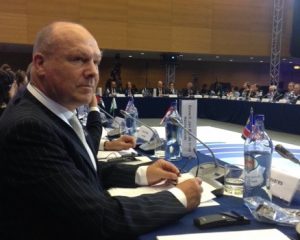96 members are directly elected through a system of closed list proportional representation and serve five-year terms. Eight additional members are appointed by the President. Since March 2025, SWAPO member Saara Kuugongelwa has been the Speaker of the National Assembly.T he Namibian government is focused on economic recovery, with projected GDP growth and efforts to address unemployment and improve infrastructure, particularly in informal settlements. Key priorities include diversifying the economy, streamlining regulatory processes, and ensuring policy clarity in the energy sector. The government is also committed to reducing debt and maintaining a primary budget surplus.

Namibia’s first woman president takes office
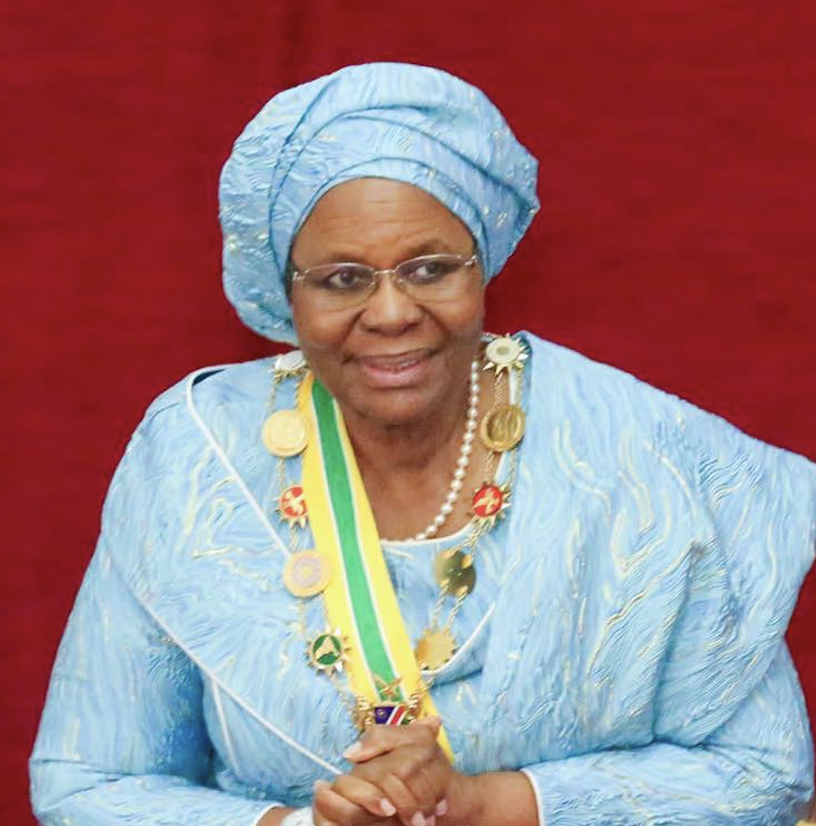
Netumbo Nandi-Ndaitwah, Namibia’s first female president, has been sworn in on Friday, March 21 in WINDHOEK. A special day as it is Namibia’s 35th Independence Day Anniversary and Swearing-in of the 5th President of Namibia. Namibia attained its hard-won independence on 21 March 1990 with Dr Sam Nujoma becoming the Founding President of an independent and sovereign state, the Republic of Namibia.
The newly elected President pledged to boost investments in the agricultural sector and diversify the resource-focused economy in an attempt to address high unemployment rates. She also committed to diversifying the economy, enabling citizens to “derive maximum benefits from our country’s natural resources, through value addition”. Diversification, she added, would “create jobs to take care of the unemployed, of which the majority are the youth.” She also stressed the need for maintaining high ethical standards among public servants and combating corruption.

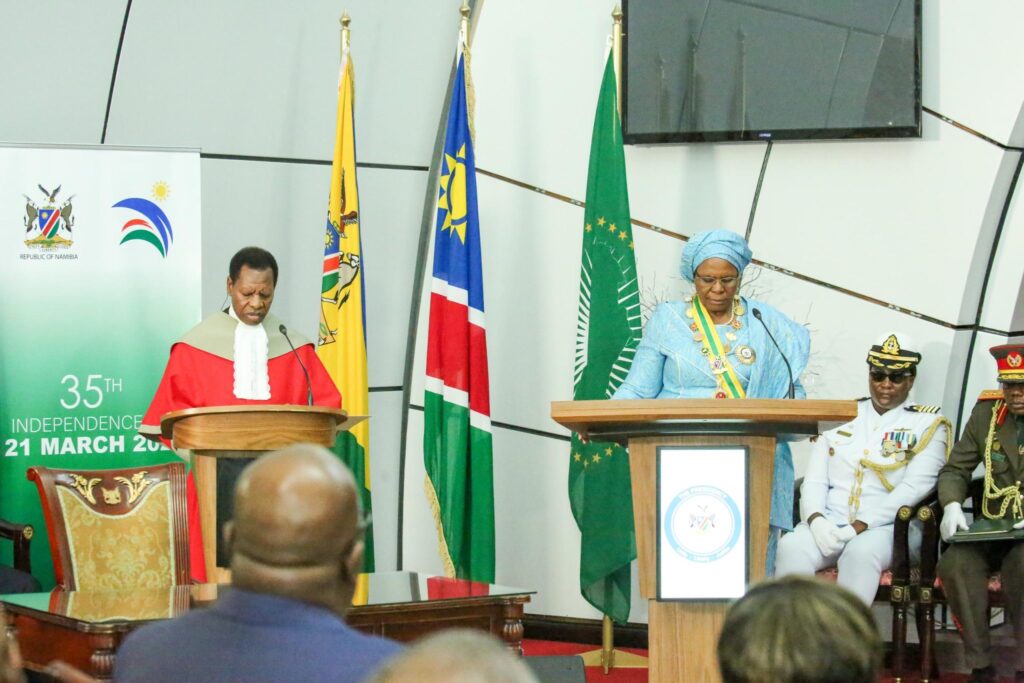
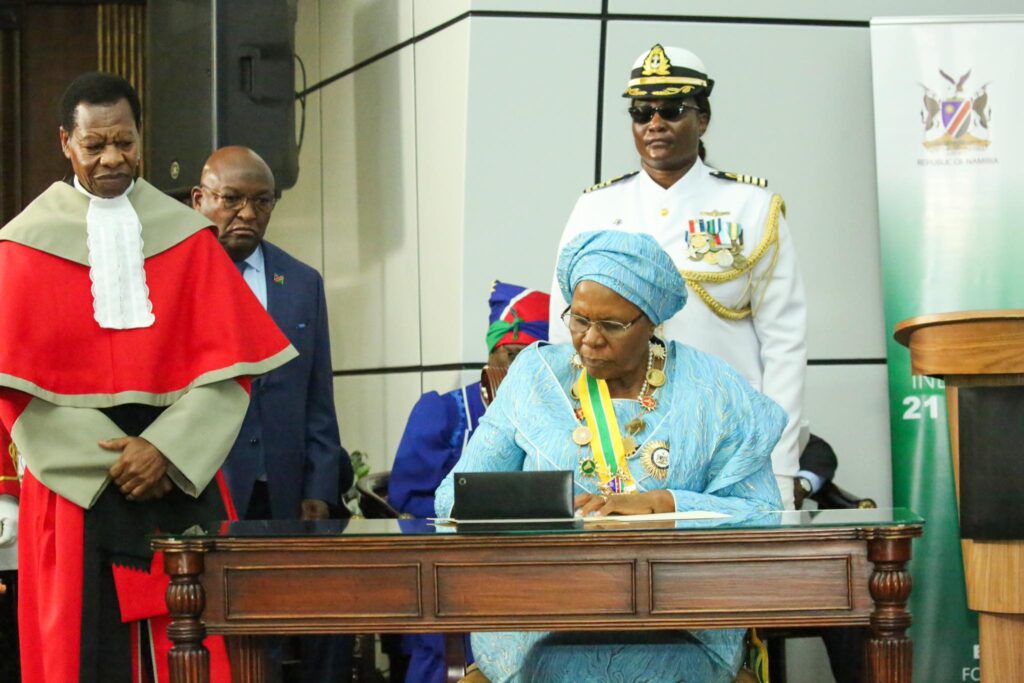
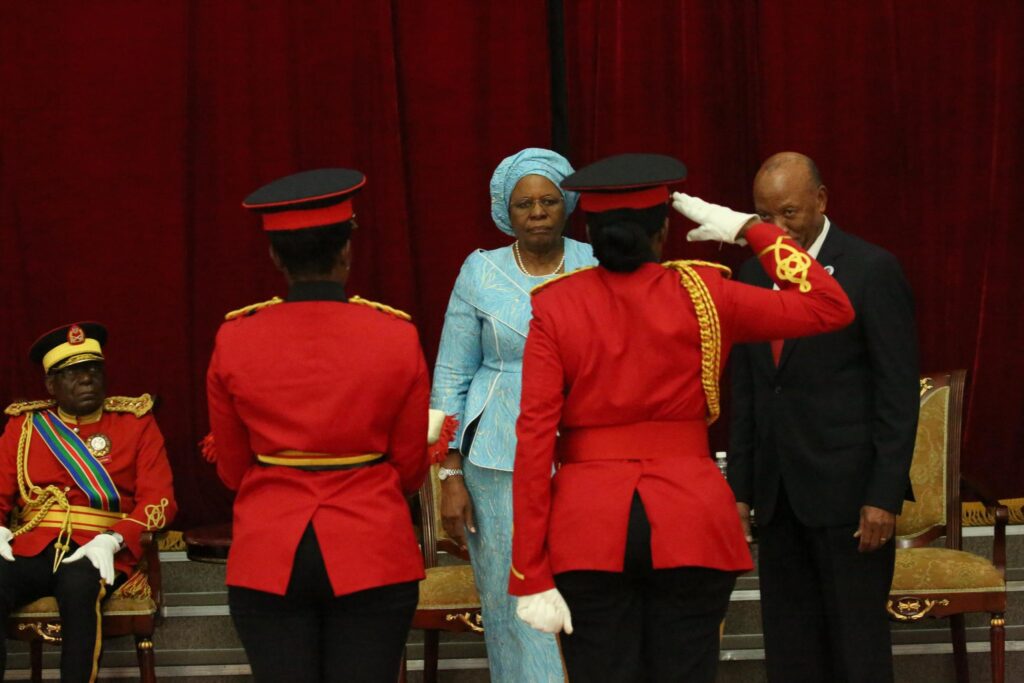
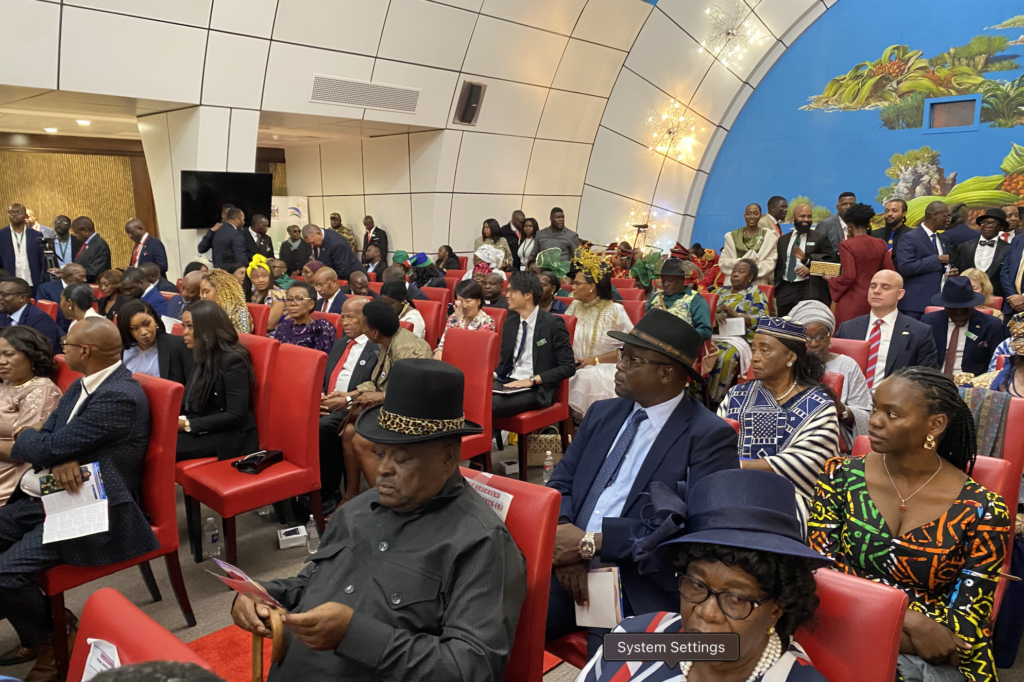
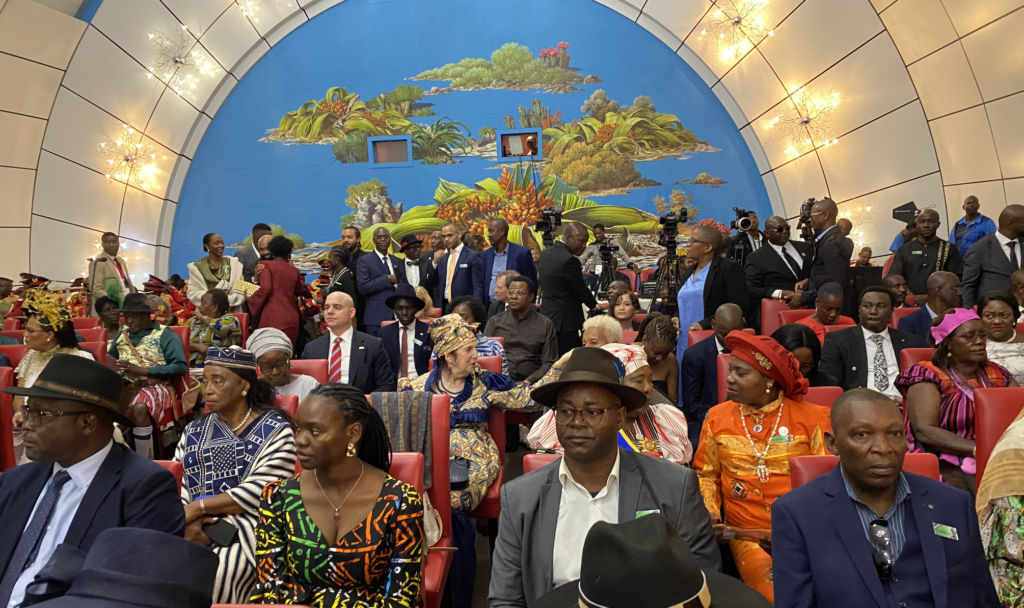
Nandi-Ndaitwah is only the fifth president of Namibia, which was a German colony until the end of World War One. She is a veteran of the South West Africa People’s Organization (SWAPO), which led Namibia to independence in 1990 and has been the ruling party ever since. Namibia’s first woman president joined SWAPO as a teenager in the 1960s and lived in exile in Zambia, Tanzania, the former Soviet Union and the United Kingdom in the 1970s and 1980s. She became vice president after the death of president Hage Geingob in February 2024, and was the deputy prime minister before that.
She also served in the ministries of international relations and cooperation as well as tourism. She has been a lawmaker in Namibia since 1990 and held several Cabinet posts, including those of environment minister and foreign affairs minister, before being appointed vice president.
Nandi-Ndaitwah’s inauguration was attended by dignitaries including seven incumbent and nine former African presidents, and several delegation, ambassadors e honorary consuls from all over the world. As Namibia solidifies its position as a premier investment haven, strategic international partnerships are pivotal in unlocking economic prospects. Honorary Consuls, serving as trusted emissaries, actively promote trade, facilitate investments, and foster deeper diplomatic and economic connections between Namibia and their respective countries in order to identify key investment opportunities, and strengthen collaboration in the Namibian priority sectors – energy (renewable, green hydrogen, oil and gas), food industry, chemicals and basic materials, transport and logistics, services (digital and global business services), metals, mining and adjacent industries, machinery and electronics, communication and technology, tourism, and culture and creative industry -By leveraging their networks, Honorary Consuls can play a pivotal role in driving Foreign Direct Investment and expanding Namibia’s presence in global markets.
The Honourable Consul of Namibia in Portugal, Dr. Rogério Tavares, was among the esteemed dignitaries present at the Inauguration ceremony. Today, Namibia stands at the precipice of a transformative era in its history, with optimism and anticipation. #Beyond35 #NamibiaAt35 #HistoricInauguration #PresidentNetumboNandiNdaitwah #FirstFemalePresident #Leadership#InclusiveGrowth#WomenInLeadership #InvestNamibia #GlobalPartnerships#EconomicGrowth#UnlockingOpportunities
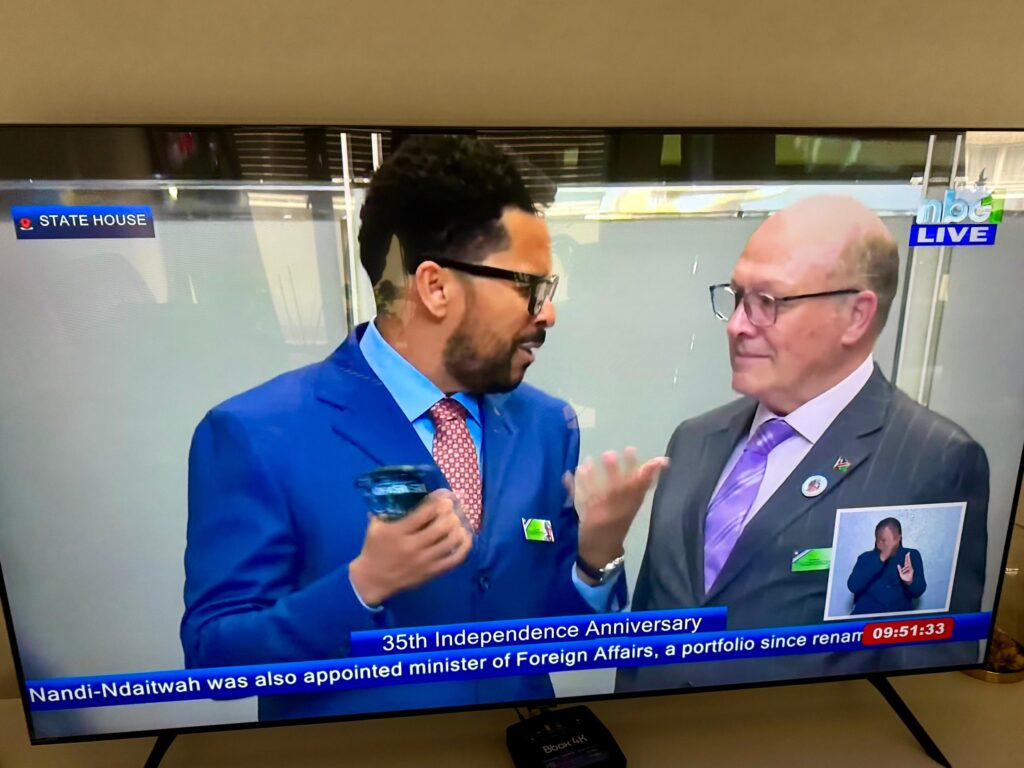
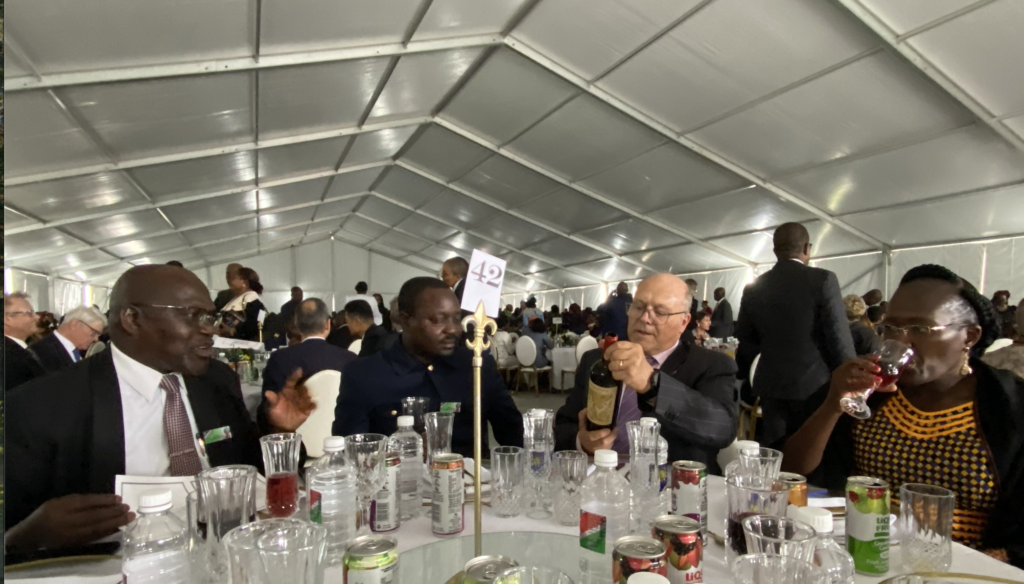
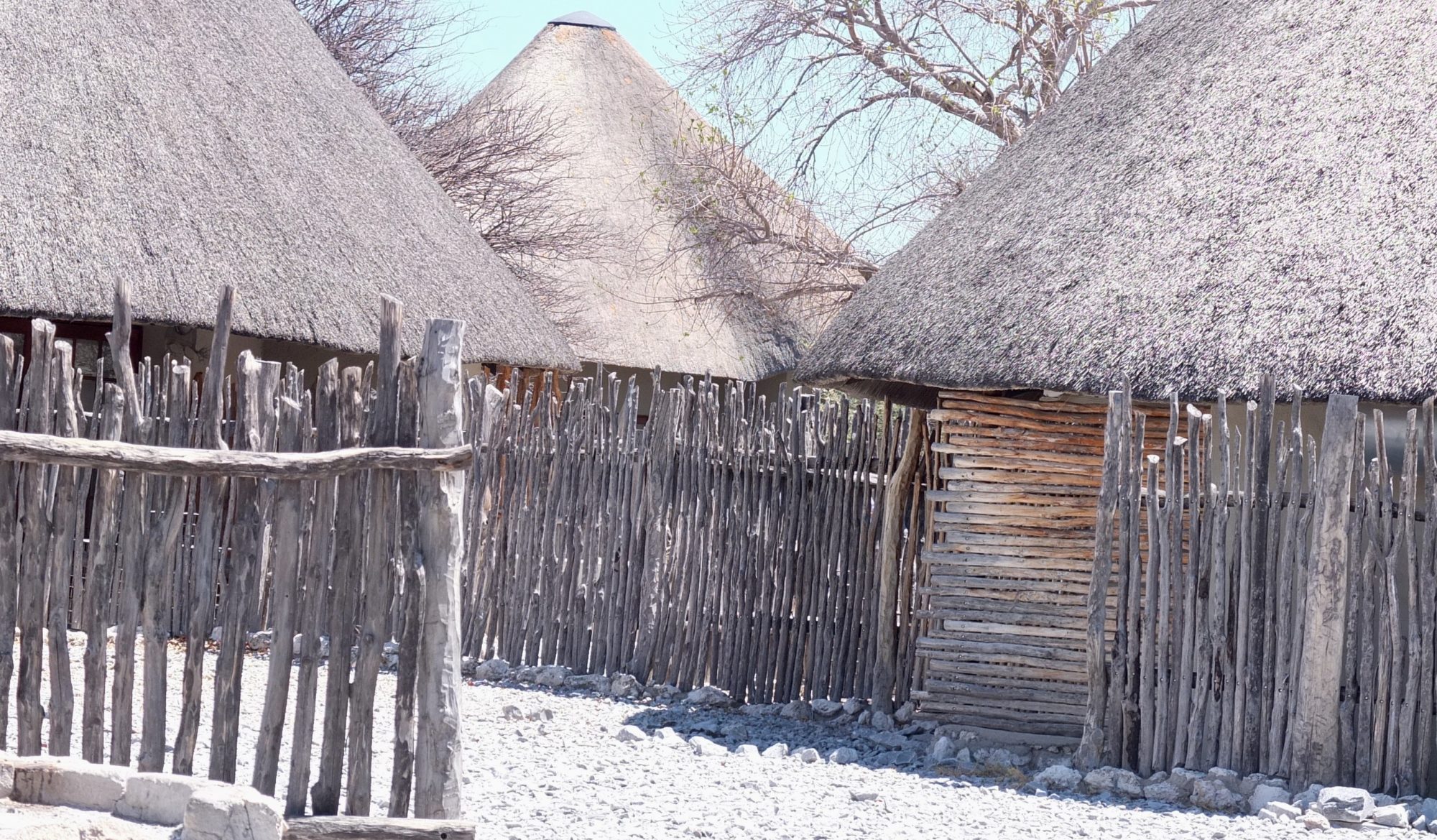
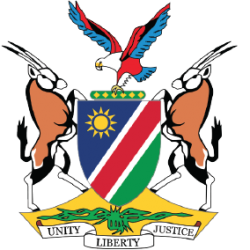
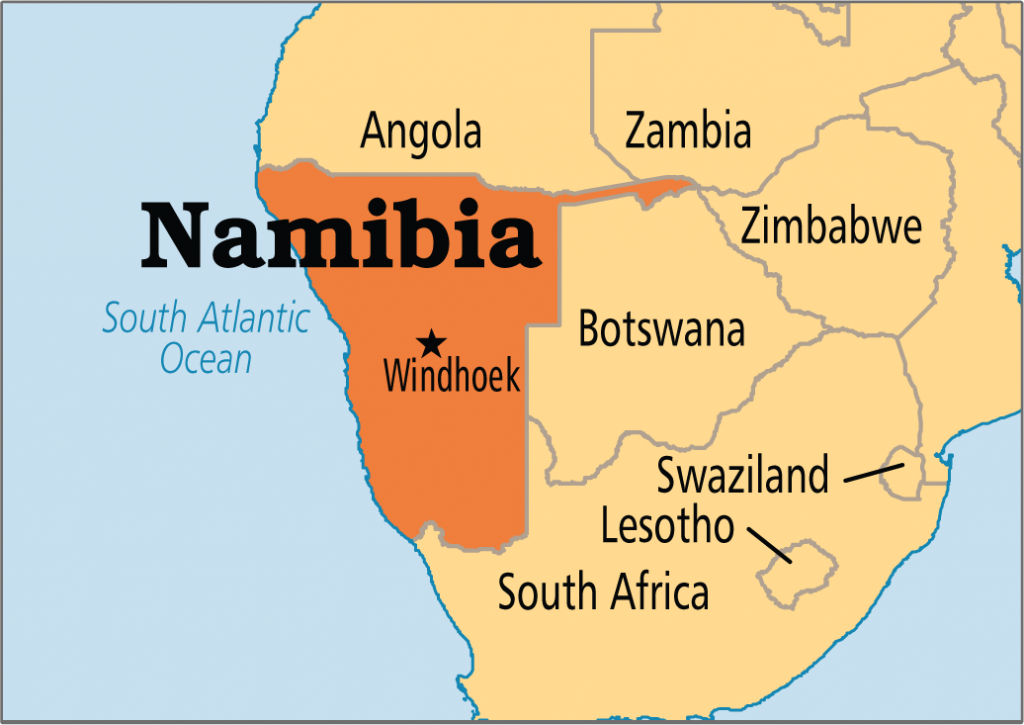 Com 825.615 Km2 a Namíbia é um dos maiores países do Mundo (o 34o).
Com 825.615 Km2 a Namíbia é um dos maiores países do Mundo (o 34o).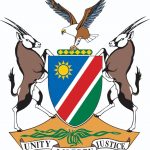 Representação diplomática da Namíbia em Portugal:
Representação diplomática da Namíbia em Portugal: Embaixada de Portugal em Windhoek:
Embaixada de Portugal em Windhoek: Namibia is divided into 14 regions and subdivided into 121 constituencies. It is one of the continent’s most pleasant, peaceful and politically stable environments, and have an infrastructure to rival many developed countries. The Namibian dollar is the currency of Namibia. Its code is NAD. It was introduced in September 1993, and is still linked to the South African rand, which is also legal tender in Namibia.
Namibia is divided into 14 regions and subdivided into 121 constituencies. It is one of the continent’s most pleasant, peaceful and politically stable environments, and have an infrastructure to rival many developed countries. The Namibian dollar is the currency of Namibia. Its code is NAD. It was introduced in September 1993, and is still linked to the South African rand, which is also legal tender in Namibia.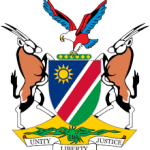 HONORARY CONSULATE OF NAMIBIA LISBON – PORTUGAL
HONORARY CONSULATE OF NAMIBIA LISBON – PORTUGAL